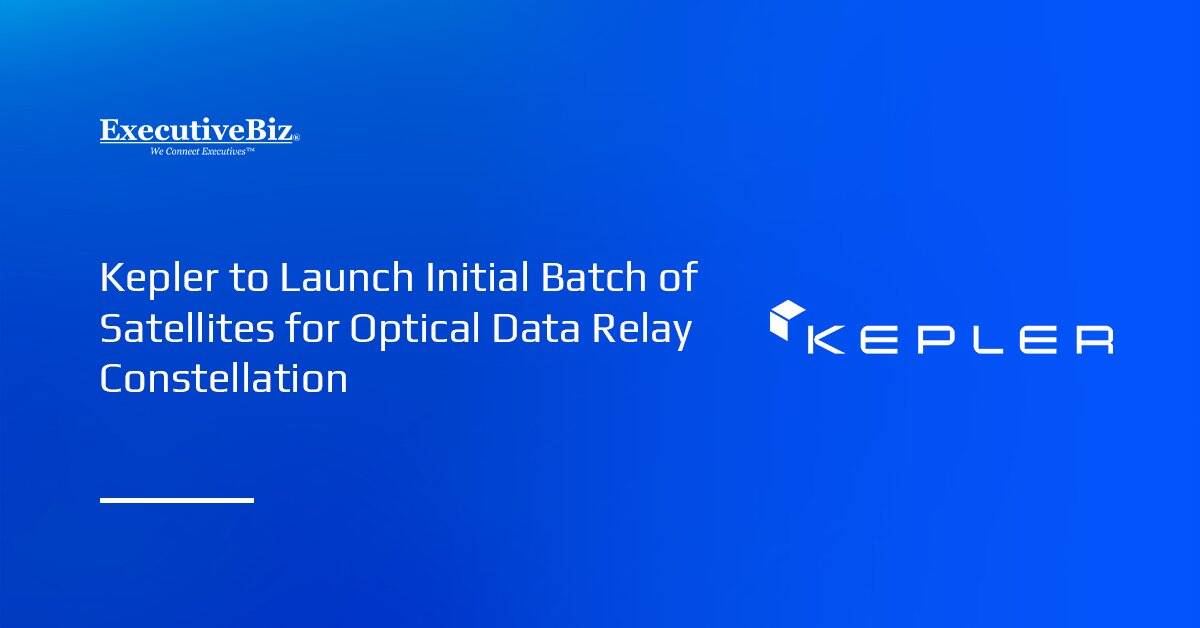Kepler Communications announced plans to launch 10 300-kilogram-class satellites aboard a SpaceX Falcon 9 in January 2026 from Vandenberg Space Force Base, California.
The satellite telecommunications provider said Monday the mission will deploy the first operational tranche of satellites for Kepler’s advanced optical data relay constellation, designed to deliver connectivity, on-orbit compute and hosted payload capabilities.
“Optical data relay is redefining how space systems communicate, operate, and deliver value,” said Mina Mitry, CEO and co-founder of Kepler Communications.
“It removes the high latency and bottlenecks of traditional RF links and allows our customers to move data continuously, securely and at the speed of light,” he added.
How Will Kepler’s Satellites Operate?
The satellites will have at least four optical terminals each, allowing low-latency laser links between space, air and ground systems. The network is compatible with the U.S. Space Development Agency’s optical communications standards and operates as an internet protocol-based mesh network.
What Capabilities Will Customers Access?
Kepler’s constellation integrates distributed GPU and CPU processing and storage, creating an edge computing system that brings cloud-like capabilities to orbit.
The optical data relay network leverages modular interfaces that support hosted payload integration.
“With real-time connectivity and advanced computing in orbit, operators can unlock new possibilities for defence and intelligence, real-time situational awareness, commercial innovation and sustained human operations in space,” said Mitry.





